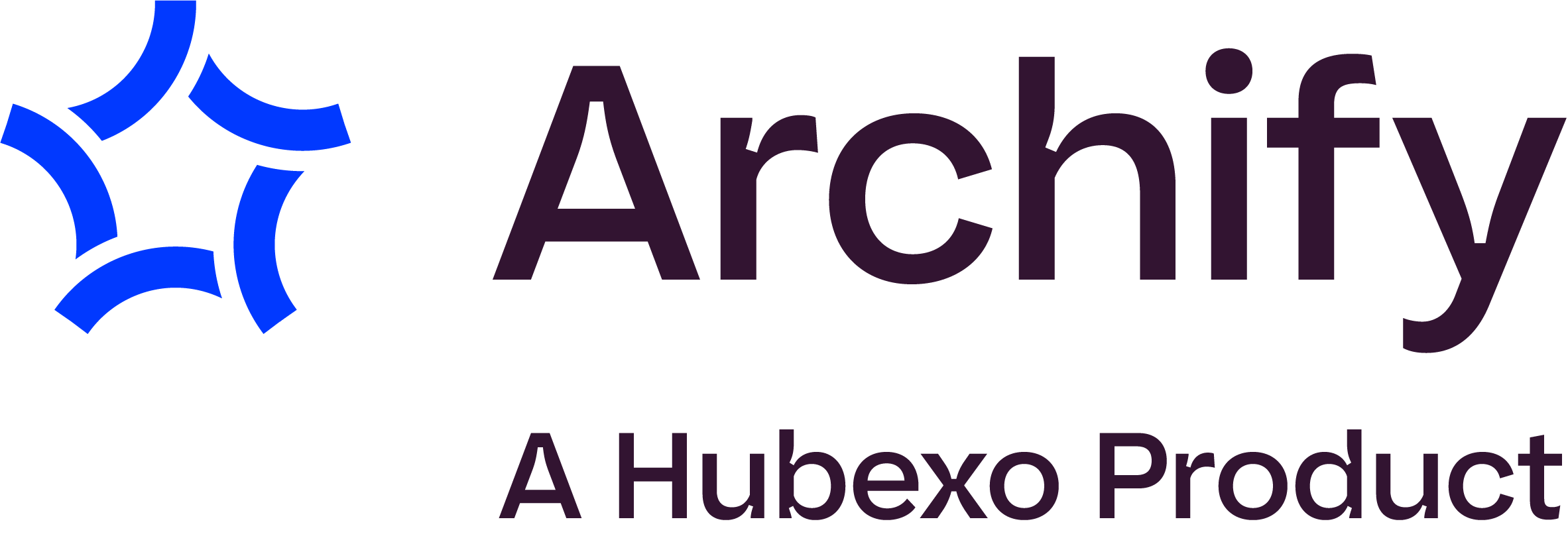Continuing Professional Development (CPD) is a critical component of career advancement in architecture, ensuring that professionals remain current with the latest industry trends, technologies and Australian regulations. However, the success of a CPD program hinges not only on the quality of the content but also on its ability to engage architects and design professionals.
We know that architects need to submit their CPD points each year; however, it is important to develop an engaging and effective CPD that motivates architects to apply what they’ve learnt in their practice and upcoming projects. Let’s explore the key strategies for developing engaging and effective CPD courses that resonate with architects and deliver lasting value.
Understanding the Audience
The first step in developing an engaging and effective CPD program is understanding the audience. Architects come from diverse backgrounds, each with unique professional experiences, learning styles and knowledge levels. A one-size-fits-all approach is unlikely to capture their attention or meet their needs.
Tailoring Content to Experience Levels
Architects at different stages of their careers have varying educational needs. For instance, early-career architects might benefit from foundational topics such as building codes and basic project management. More experienced professionals may seek advanced knowledge in areas like sustainable design, digital fabrication, or leadership in architectural practice. Segmenting your CPD offerings based on experience levels ensures that the content is relevant and challenging for all participants.
Addressing Current Challenges
One of the most effective ways to engage your audience is by addressing the current challenges they face in their practice. Conduct surveys, focus groups or interviews to understand the pressing issues in the field. Topics that directly relate to their daily work, such as navigating updated regulations, adopting sustainable practices, or integrating emerging technologies, are more likely to resonate with participants.

Creating High-Quality and Effective CPD Content
Content is the backbone of any CPD program. To create an engaging and effective CPD, the content must be both relevant and high-quality, offering participants valuable insights and practical takeaways.
Architects are busy professionals who value practical knowledge that can be immediately applied in their work. The content should be tailored to solve real-world problems, offer insights into industry trends, and provide actionable advice. For instance, a CPD session on “Innovative Materials in Sustainable Architecture” could include case studies, installation processes and practical tips on how to integrate these materials into current projects.
While conciseness can be valuable, depth of content is essential for CPD courses that aim to build expertise. Avoid going over various topics in one course; instead, delve deep into the subject matter, providing detailed explanations, real-world examples and relevance to the user’s day-to-day processes. This approach not only enriches the learning experience but also positions your CPD as a credible source of advanced knowledge.
Case studies and real-world examples are powerful tools for illustrating concepts and providing context. They help bridge the gap between theory and practice, making the content more relatable and easier to understand. For example, discussing a successful project that implemented biophilic design principles can help participants grasp the practical applications of these concepts.
The architecture industry is dynamic, with new trends, technologies and regulations constantly emerging. To keep your CPD program relevant and engaging, it’s crucial to update the content regularly. This ensures that participants are learning the latest information and that the program remains aligned with current industry standards.
Delivering Your CPD
Even the most well-crafted content can fall flat if not delivered effectively. The delivery of your CPD program plays a critical role in maintaining engagement and ensuring that the material is communicated clearly and compellingly.
- Engaging Presenters
The presenter’s ability to engage the audience can make or break a CPD session. Choose presenters who are not only subject matter experts but also skilled communicators. They should be able to explain complex concepts clearly, engage with the audience and encourage participation. A good presenter can make the content come alive, turning a passive learning experience into an interactive and stimulating session.
- Interactive Elements
When delivering a CPD in-person, incorporating interactive elements into your CPD sessions can significantly enhance engagement. Activities such as group discussions, Q&A sessions, live polls and hands-on workshops encourage active participation and make the learning experience more dynamic. For example, a session on digital design tools could include a live demonstration where participants can follow along.
- Visual Aids
The use of visual aids such as slides, videos, infographics and animations can help convey information more effectively and keep the audience’s attention. Visual aids are particularly useful for explaining complex concepts, illustrating processes and highlighting key points. Ensure that these aids are well-designed, relevant and not overly complicated.
- Flexible Delivery Formats
Flexibility in delivery formats can accommodate different preferences and schedules. Offering CPD sessions in various formats—such as on-demand webinars, in-person workshops or hybrid events—allows participants to choose the format that best suits their needs. Additionally, providing access to recorded sessions ensures that participants can revisit the material at their convenience, reinforcing their learning. They can learn and work towards their CPD points at their own pace.

Measuring Success and Continuous Improvement
An effective CPD program is one that evolves over time, continually improving based on participant feedback and measurable outcomes.
- Gathering Feedback:
After each CPD session, collect feedback from participants to assess the effectiveness of the content and delivery. Surveys, questionnaires and informal discussions can provide valuable insights into what worked well and what could be improved. This feedback should be used to refine future sessions, ensuring that the program remains responsive to the needs of the audience. Hosting your CPD on Archify Education allows you to access all user’s details to reach out for feedback and/or additional information.
- Tracking Engagement and Outcomes:
Monitoring participant engagement during the session—such as attendance rates and post-session assessments—can provide data on the effectiveness of the CPD. Additionally, tracking long-term outcomes, such as improvements in professional skills or the implementation of learned concepts in practice, can help measure the impact of the program.
- Continuous Improvement:
CPD programs should not be static. Use the data collected from feedback and engagement tracking to make continuous improvements. Regularly update content, explore new delivery methods and experiment with different interactive elements to keep the program fresh and engaging. Continuous improvement ensures that your CPD course remains a valuable resource for architects and keeps them returning for other CPD courses.
Developing an engaging and effective architecture CPD is a multilayered process that requires careful planning, a deep understanding of the audience, and a commitment to delivering high-quality content. By creating content to meet the needs of different experience levels, and continually refining the program based on feedback, you can create a CPD offering that not only educates but also inspires and motivates architects and design professionals. An engaging and effective CPD course is more than just a learning opportunity—it’s a platform for architects to connect, innovate and elevate their practice in an ever-evolving industry.
Explore our range of CPD on Archify Education or check out more of our handy resources on Archify for Brands.




